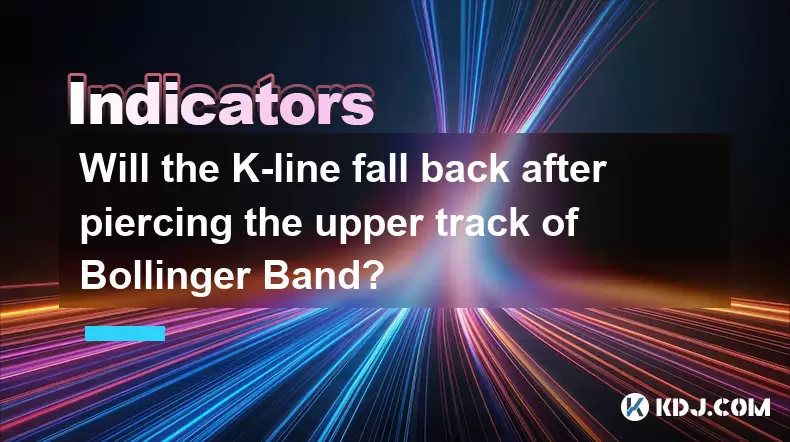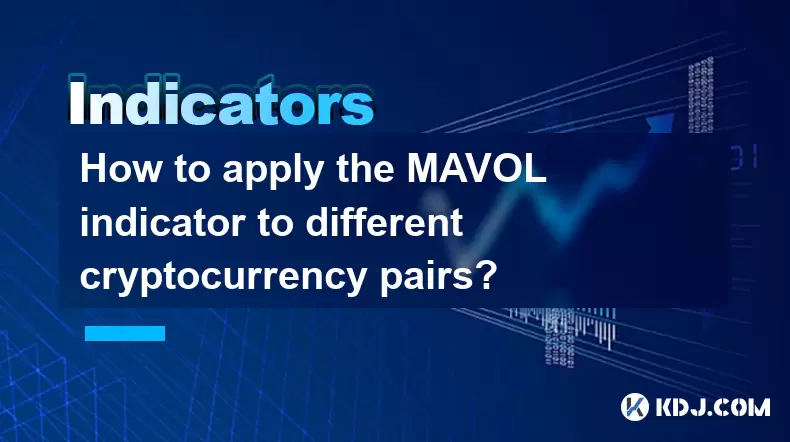-
 Bitcoin
Bitcoin $118400
0.47% -
 Ethereum
Ethereum $3836
2.20% -
 XRP
XRP $3.157
2.98% -
 Tether USDt
Tether USDt $0.9999
-0.03% -
 BNB
BNB $801.5
1.31% -
 Solana
Solana $180.9
2.07% -
 USDC
USDC $0.9999
-0.02% -
 Dogecoin
Dogecoin $0.2225
2.50% -
 TRON
TRON $0.3285
-1.02% -
 Cardano
Cardano $0.7789
2.60% -
 Hyperliquid
Hyperliquid $43.60
2.39% -
 Sui
Sui $3.892
4.41% -
 Stellar
Stellar $0.4229
3.34% -
 Chainlink
Chainlink $18.01
3.98% -
 Hedera
Hedera $0.2745
6.77% -
 Bitcoin Cash
Bitcoin Cash $582.3
3.38% -
 Avalanche
Avalanche $23.77
1.04% -
 Ethena USDe
Ethena USDe $1.001
0.01% -
 Toncoin
Toncoin $3.493
3.59% -
 Litecoin
Litecoin $110.0
2.48% -
 UNUS SED LEO
UNUS SED LEO $8.936
-0.37% -
 Shiba Inu
Shiba Inu $0.00001304
2.49% -
 Uniswap
Uniswap $9.999
1.09% -
 Polkadot
Polkadot $3.897
3.26% -
 Monero
Monero $308.6
-0.83% -
 Dai
Dai $0.9999
-0.01% -
 Bitget Token
Bitget Token $4.504
-0.04% -
 Pepe
Pepe $0.00001154
2.95% -
 Cronos
Cronos $0.1471
3.06% -
 Ethena
Ethena $0.6691
19.53%
Will the K-line fall back after piercing the upper track of Bollinger Band?
When a K-line pierces the upper Bollinger Band, it may signal overbought conditions or strong bullish momentum; however, a pullback isn't guaranteed without confirmation from other indicators like RSI or MACD.
Jun 21, 2025 at 12:56 pm

Understanding Bollinger Bands and Their Significance
Bollinger Bands are a popular technical analysis tool used by traders to assess volatility and potential price reversals in financial markets, including cryptocurrency. They consist of three lines: the middle band, which is typically a 20-period simple moving average (SMA), and two outer bands — the upper band and lower band, which are standard deviations away from the middle line.
In the context of crypto trading, when a K-line touches or pierces through the upper band, it often signals that the asset may be overbought. However, this does not automatically mean a reversal will occur. The piercing of the upper band can indicate strong bullish momentum, especially during trending market conditions.
Why the Price Might Not Fall Immediately After Touching the Upper Band
One common misconception among new traders is that a touch or break above the upper Bollinger Band always leads to a pullback. In reality, during strong uptrends, prices can ride along the upper band for extended periods without falling back immediately.
This phenomenon occurs because Bollinger Bands expand with increasing volatility, and in fast-moving crypto markets, momentum-driven rallies can keep the price elevated even after piercing the upper boundary. Therefore, a breakout above the upper band should not be interpreted as an automatic sell signal unless other indicators confirm a reversal.
Key Factors That Influence Whether the K-Line Falls Back
Several factors determine whether the K-line falls back into the Bollinger Band channel after touching or breaking through the upper track:
- Market Trend: In a strong uptrend, the price can continue rising despite being outside the upper band.
- Volume: A sharp increase in volume during the breakout suggests strength and continuation rather than reversal.
- Timeframe: Short-term charts (e.g., 15-minute or 1-hour) are more prone to false signals compared to daily or weekly charts.
- Support/Resistance Levels: If the price is near a key resistance level, a pullback becomes more likely.
- Other Indicators: Tools like RSI (Relative Strength Index) or MACD (Moving Average Convergence Divergence) can help confirm whether the move is overextended.
How to Analyze a K-Line That Pierces the Upper Band
To better understand whether the K-line will fall back into the Bollinger Band, follow these steps:
- Observe the Candlestick Pattern: A bearish candlestick pattern forming at the upper band increases the probability of a reversal.
- Check RSI Levels: If RSI is above 70 and starts to decline, it could signal weakening momentum.
- Look for Divergence: If the price makes a higher high but RSI or MACD makes a lower high, it indicates divergence and possible reversal.
- Monitor Volume Changes: A sudden drop in volume after a surge might suggest that buying pressure is fading.
- Watch for Rejection Candles: Long upper wicks or engulfing patterns at the upper band can signal rejection and a potential pullback.
Common Misinterpretations When Using Bollinger Bands
Many traders make the mistake of assuming that touching the upper band is a sell signal. This assumption can lead to premature exits or short trades that go against the trend. It's crucial to understand that Bollinger Bands are not directional indicators; they reflect volatility rather than trend direction.
Another misunderstanding involves using Bollinger Bands in isolation. For accurate analysis, they should be combined with other tools such as volume indicators, candlestick patterns, and support/resistance levels. Relying solely on Bollinger Bands can result in misjudging market conditions.
Practical Examples in Cryptocurrency Markets
Let’s consider a real-world example involving Bitcoin (BTC). Suppose BTC has been in a steady uptrend and suddenly surges past the upper Bollinger Band on high volume. At first glance, this might look like an overbought condition. However, if the broader market sentiment remains bullish and there are no signs of reversal (such as bearish candlesticks or declining RSI), the price may continue its upward movement.
Conversely, if BTC breaks above the upper band but then forms a shooting star candlestick followed by a bearish engulfing pattern, and both RSI and MACD show bearish divergence, then a pullback toward the middle band becomes more likely.
Frequently Asked Questions (FAQs)
Q: Can Bollinger Bands be used effectively on their own?
A: While Bollinger Bands provide valuable insights into volatility and potential turning points, they work best when combined with other tools such as RSI, MACD, and volume indicators.
Q: What does it mean if the price stays outside the upper Bollinger Band for multiple candles?
A: Extended time outside the upper band often reflects strong bullish momentum. In trending markets, this behavior is normal and doesn't necessarily indicate a reversal.
Q: Should I always expect a pullback after a K-line pierces the upper band?
A: No, a pullback isn’t guaranteed. The likelihood depends on factors like trend strength, volume, and confirmation from other indicators.
Q: How do Bollinger Bands behave during low volatility periods?
A: During low volatility, Bollinger Bands contract inward. This contraction often precedes significant price movements, known as the "Bollinger Squeeze."
Disclaimer:info@kdj.com
The information provided is not trading advice. kdj.com does not assume any responsibility for any investments made based on the information provided in this article. Cryptocurrencies are highly volatile and it is highly recommended that you invest with caution after thorough research!
If you believe that the content used on this website infringes your copyright, please contact us immediately (info@kdj.com) and we will delete it promptly.
- SEC, Crypto, and On-Chain: Navigating the Regulatory Maze
- 2025-08-01 02:31:40
- Bitcoin Bullish Market: How Long Positions are Boosting the Crypto King
- 2025-08-01 02:35:33
- Visa, Stellar, and Stablecoins: A New York Minute on the Future of Finance
- 2025-08-01 01:50:50
- BCH, FET, BlockDAG: Decoding the Crypto Buzz
- 2025-08-01 01:16:37
- Conflux Token, Crypto Simplicity, and WeWake Finance: A New Era?
- 2025-08-01 01:50:50
- Dogecoin, Remittix, and Analyst Targets: Navigating the Crypto Landscape
- 2025-08-01 01:55:40
Related knowledge

What does it signify when the MACD crosses below the zero line?
Aug 01,2025 at 01:43am
Understanding the MACD IndicatorThe Moving Average Convergence Divergence (MACD) is one of the most widely used technical analysis tools in the crypto...

How does the MACD histogram show momentum?
Aug 01,2025 at 01:16am
Understanding the MACD Histogram and Its Role in Cryptocurrency TradingThe MACD histogram is a visual representation of the difference between the MAC...

What is a MACD crossover?
Jul 31,2025 at 11:52pm
Understanding the Role of Private Keys in Cryptocurrency SecurityIn the world of cryptocurrency, private keys are the cornerstone of ownership and con...

How can you use the MACD histogram to determine trend strength?
Jul 31,2025 at 11:10pm
Understanding the MACD Histogram and Its ComponentsThe MACD (Moving Average Convergence Divergence) histogram is a visual representation of the differ...

What is the impact of different moving average types (SMA vs. EMA) on the MAVOL indicator?
Aug 01,2025 at 02:31am
Understanding the MAVOL Indicator in Cryptocurrency AnalysisThe MAVOL (Moving Average Volume) indicator is a technical analysis tool used in the crypt...

How to apply the MAVOL indicator to different cryptocurrency pairs?
Aug 01,2025 at 12:43am
Understanding the MAVOL Indicator in Cryptocurrency TradingThe MAVOL indicator, short for Moving Average Volume, is a technical analysis tool that app...

What does it signify when the MACD crosses below the zero line?
Aug 01,2025 at 01:43am
Understanding the MACD IndicatorThe Moving Average Convergence Divergence (MACD) is one of the most widely used technical analysis tools in the crypto...

How does the MACD histogram show momentum?
Aug 01,2025 at 01:16am
Understanding the MACD Histogram and Its Role in Cryptocurrency TradingThe MACD histogram is a visual representation of the difference between the MAC...

What is a MACD crossover?
Jul 31,2025 at 11:52pm
Understanding the Role of Private Keys in Cryptocurrency SecurityIn the world of cryptocurrency, private keys are the cornerstone of ownership and con...

How can you use the MACD histogram to determine trend strength?
Jul 31,2025 at 11:10pm
Understanding the MACD Histogram and Its ComponentsThe MACD (Moving Average Convergence Divergence) histogram is a visual representation of the differ...

What is the impact of different moving average types (SMA vs. EMA) on the MAVOL indicator?
Aug 01,2025 at 02:31am
Understanding the MAVOL Indicator in Cryptocurrency AnalysisThe MAVOL (Moving Average Volume) indicator is a technical analysis tool used in the crypt...

How to apply the MAVOL indicator to different cryptocurrency pairs?
Aug 01,2025 at 12:43am
Understanding the MAVOL Indicator in Cryptocurrency TradingThe MAVOL indicator, short for Moving Average Volume, is a technical analysis tool that app...
See all articles

























































































